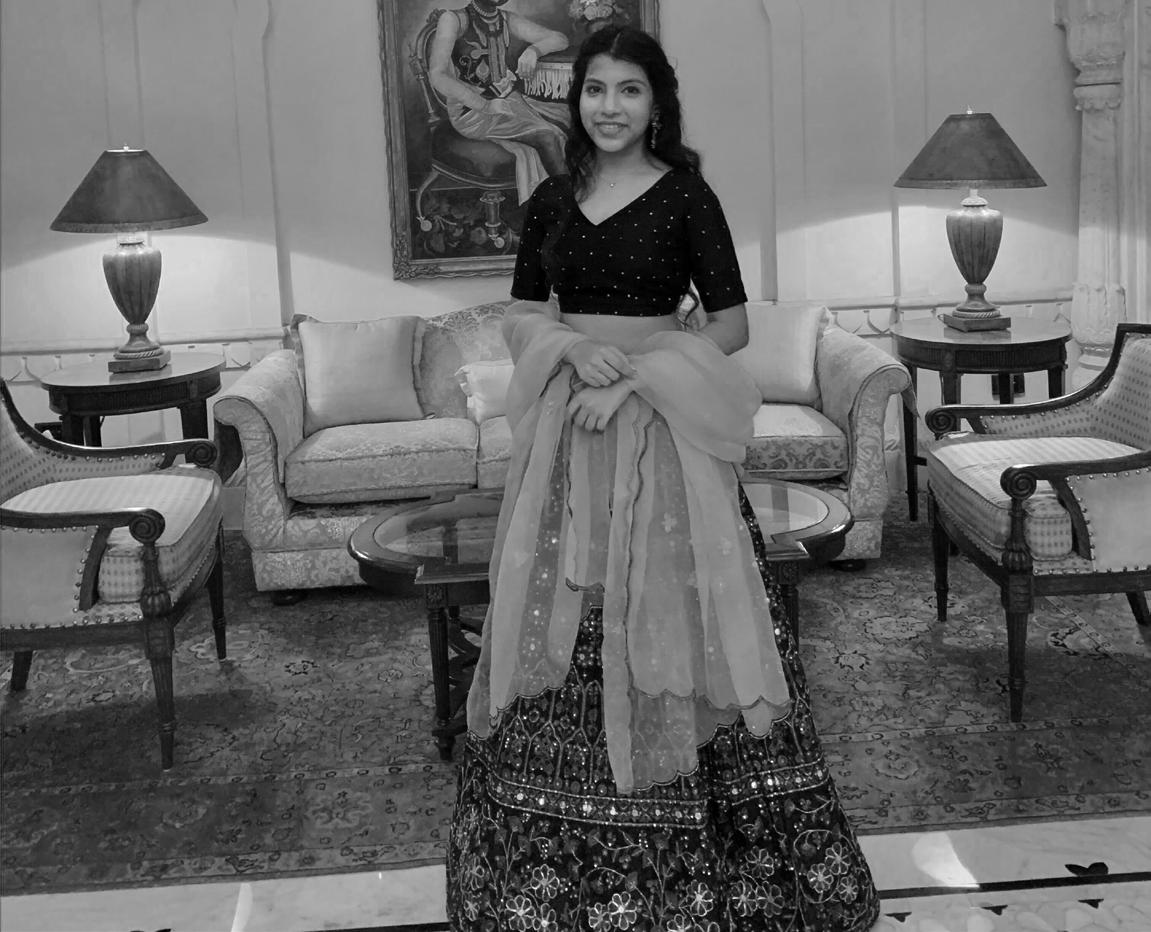
3 minute read
My identity is not lost in translation at Oldenborg
spective of the killer. After watching “Dahmer,” only 2 percent of viewers actually researched his victims, proving that audiences barely learn anything about who the victims are outside of the context of their murderer. Instead, serial killer shows create unethical and unhealthy fandoms for violent criminals that completely disregard any respect for the victims or their families and communities.
Netflix is giving serial killers exactly what they kill for: legacy. But perhaps, there is a way to highlight people who’ve committed heinous crimes without handing over too much power. Media outlets tasked with covering mass real-life atrocities have managed to confront a similar conundrum. Following recent revelatory studies, anchors on news outlets have made an effort to not state the names of mass shooters to avoid giving in to their desire of bringing fame to their name. In addition, these efforts are aiming at combating the possibility of media attention inspiring others to commit similar violent acts.
Advertisement
This doesn’t mean documentaries and shows about serial killers should be banned. Rather, it means we’re letting Joe Goldberg control the narrative — and it’s time to take it back. Netflix and other producing entities need to ensure that they are devoting equal screen time to the stories of the communities that were preyed on. Netflix needs to portray serial killers in a sensitive way that prioritizes the victims over the killer. Until then, victims will continue to serve as props to another handsome, relatable killer’s heroic biopic.
Tess McHugh PO ’25 is from Denver, Colorado. She loves the fall season, painting her nails blue and playing lacrosse.
Some feelings cannot be put into words.
A ticket from Terminal 2, Chhatrapati Shivaji Terminal in Mumbai to LAX. A 26 hour journey. Four oceans sitting between. Before boarding the flight to LA, my dadi (grandma) always put a teeka on my forehead.
This red dot symbolized that no matter where I was, she would protect and guide me. Worried what strangers would think, I would wash it off the moment I entered the airport. This is the way I can explain how I used to feel in the United States — scared that no one would understand my traditions. Two years later, I grew afraid that I was losing pieces of my Indian identity. That’s when I found my home in Claremont — the Spanish Hall in Oldenborg.
Living in Oldenborg, the Center for Modern Languages and International Relations at Pomona College, was a transformative experience. As an international student, I arrived on campus with mixed feelings of excitement and apprehension about the journey ahead. From the moment I walked into Oldenborg, I knew I had found a community that would help me feel connected and supported. Oldenborg is more than just a physical space for me; it is a cultural oasis in which I can express myself and find acceptance. The rich diversity and inclusivity of the community is a kaleidoscope of colors and languages that resonated within me. It was as if the walls themselves could speak, telling the stories of the people who called it home.
My mother-tongue is Hindi but I live in a Spanish hall. That’s the beauty of language. It doesn’t matter if it’s Hindi or Spanish — it’s about celebrating a way of knowing and communicating. It’s about not being lost in translation. It’s about being found in a shared commonality.
and congeniality, where differences are appreciated and similarities are celebrated. Calidez y congenialidad. The community is alive with energy and creativity, as students share their art, music and languages. Where no one feels that their words are lost in translation, but rather, we are heard. One night, sitting on the sofas of the Spanish lounge, I heard someone play the violin. It brought upon feelings of nostalgia as I thought of my grandfather’s collection of musicians playing the sitar. The melodic notes of the instrument transported me to another world, and I closed my eyes, feeling every vibration within me. Another evening, we gathered to watch short films from Spanish-speaking countries. The films were in Spanish, but the language was not the focus — it was the fact that many individuals came together to feel a sense of community. Comunidad. The images on the screen told a universal story of love, loss, and redemption that resonated with everyone in the room. We celebrated our shared shreds of humanity. Living in Oldenborg was not just about celebrating our differences, but also finding commonalities. I will always cherish the shared meals in a foreign language, recipes and stories, discovering that despite our diverse backgrounds, we all had similar hopes, dreams, and fears. Our conversations were like a tapestry of words, weaving together a beautiful, complex and ever-evolving picture of our global community.
Oldenborg provided me with opportunities to learn about other cultures, expand my horizons, and build meaningful relationships with people from all over the world. Perhaps most importantly, it helped me feel a sense of belonging and support during a time of great change and transition in my life.
Where else can one foster a culture to unite people across borders and create a sense of belonging and connection that transcends language and geography?
VIDUSShI hINGaD
It’s about juxtaposing curiosity and comfort, to learn a language and unlearn formality. Living in Oldenborg has made me realize one can find spaces of warmth
Vidusshi Hingad PO ’25 is passionate about writing, psychology, and public speaking. When she is not at classes or at work, she is probably psychoanalyzing characters from crime shows or reading articles on education strategies.






